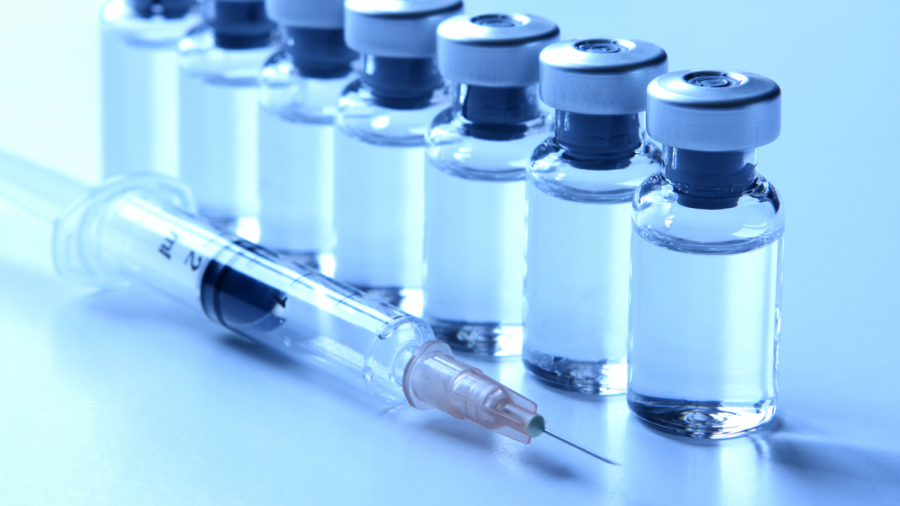The Vaccine Race: Update
As we now enter our eighth month battling COVID-19, it’s safe to say people are beginning to get “COVID Fatigue.” Much of the motivation to abide by public health guidelines has diminished, and it shows in the rising numbers.
One of the few remaining sources of hope is the prospect of a vaccine. There are conflicting reports on how far away a vaccine really is, but there is no question that it will be the tool that helps us begin to emerge from this horrific pandemic. In light of this, we are providing a list of the leaders in vaccine development and where they are in their development.
Pfizer
The well-known American pharmaceutical company has teamed up with the German company BioNTech to create their vaccine. In late August, they published strong positive results from their phase one trial, allowing them to move onto phase two/three. They have remained one of the quieter contenders, publishing their last update in early September. Rumors have recently popped up about two patients taking the vaccine experiencing an elevated fever, pounding headache, intense chills, along with exhaustion. Pfizer has yet to comment on the allegation.
Moderna
As one of the companies farther down the road, Moderna published information about their phase three trials in mid-September. One of the most difficult parts of phase three is getting a large enough number of patients to participate. Fortunately, Moderna has enrolled 25,296 patients out of their required 30,000 (80%). Moderna was also accused alongside Pfizer of their vaccines having harmful side effects. Three patients made claims of symptoms similar to those of the harmed Pfizer patients. Moderna has also refused to comment on the accusation.
Johnson & Johnson
This company, which was recently approved for phase three trials, has set out to test an unusually high population: 60,000 patients. They are currently in the process of expanding their production facilities in order to manufacture enough vaccine for the participants. Phase three trials have yet to begin placing them behind many of their competitors. This also means there haven’t been ample opportunities to find flaws in the vaccine, as have been found in other further developed vaccines.
AstraZeneca
AstraZeneca has teamed up with Oxford University. They were one of the farthest along, in the late stages of phase 3, yet had to pause for a safety concern in early September. A patient involved in the trial was diagnosed with transverse myelitis, a type of inflammation affecting the spinal cord. It is unclear whether this was a result of the vaccine, but testing was paused nonetheless. They have since resumed trials and recently received a $486 million grant from the Trump administration to fund phase 3 clinical trials. Questions have arisen about political pressure being placed on the pharmaceutical giant, yet they have reaffirmed their commitment to safety.
The reality is that vaccine production will not stop as soon as the first one is approved for wide public use. Governments will continue to approve other vaccines, and pharmaceutical companies will continue research and development in hopes of making a better and more efficient vaccine. Factors like refrigeration requirements and booster shots may mean an even longer wait before a vaccine that can truly fit the world’s needs is approved.
